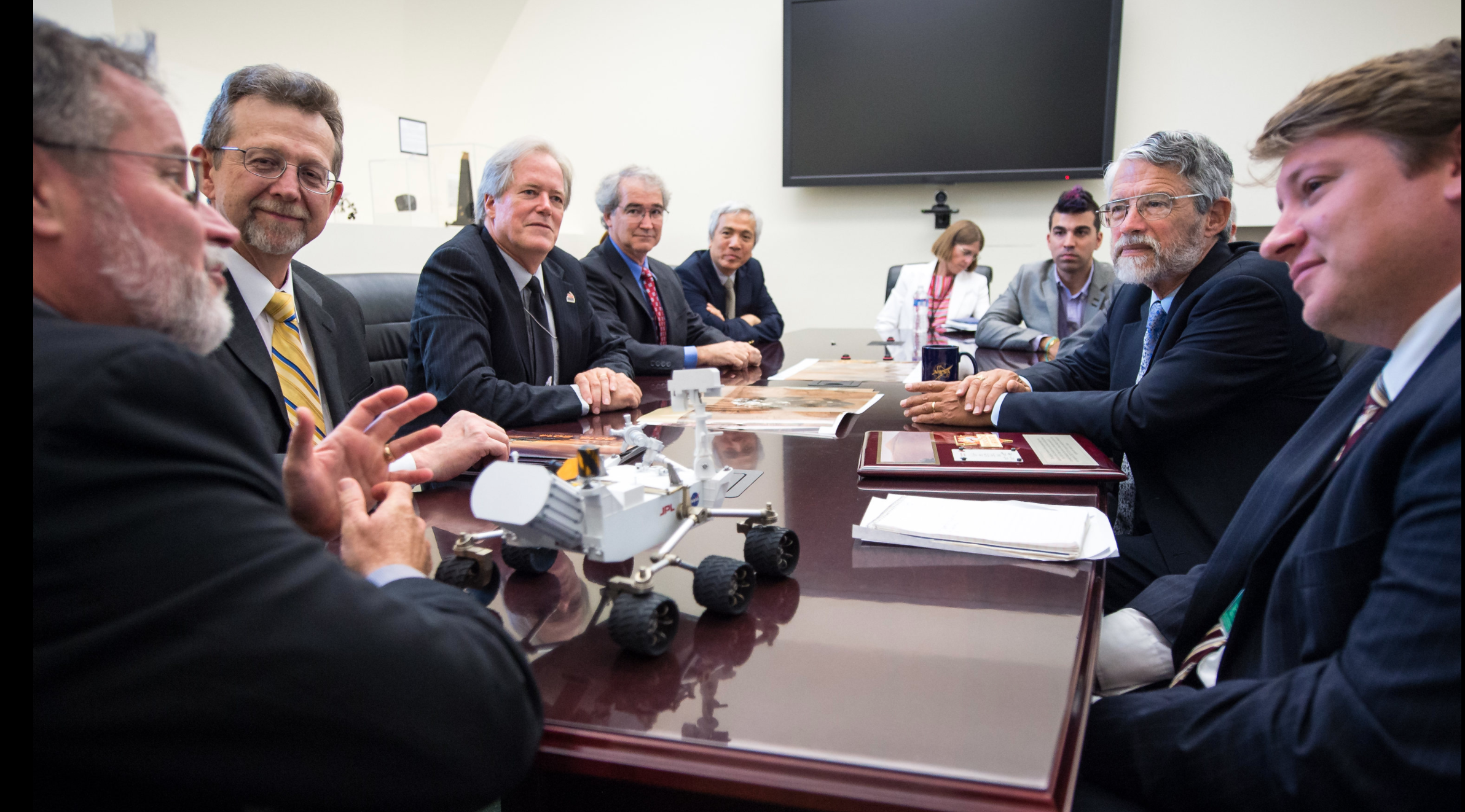
Improving Science Advice for Executive Branch Decision-Making
Summary
The COVID-19 pandemic has highlighted the crucial need for science to inform policy. However, the science-policy interface has a broader history of systemic challenges spanning sectors, from climate, to energy, to water resources, to cybersecurity and beyond. The near-term policy window created by the pandemic offers an ideal time to act while the attention of policymakers and the public is focused on the key role of science in policy. There are five key areas of action to create meaningful progress in carving improved pathways for science advice:
- Sharpening the focus of the Foundations for Evidence-Based Policy Act (P.L. 115-435) to define scientific knowledge as a key subset of “evidence” and develop formal structures for non-federal academic experts to participate in the development of the required agency learning agendas.
- Widening the role of Federally-Funded Research and Development Centers., especially the Science and Technology Policy Institute.
- Leveraging the Intergovernmental Personnel Agreement (IPA) to bring more non-federal subject matter experts into key government positions.
- Reducing administrative barriers to the establishment of Federal Advisory Committees under the Federal Advisory Committee Act.
- Revising the Broader Impacts Requirements for National Science Foundation grantees to include more direct pathways for the outputs of scientific research to reach decision-makers.
A deeper understanding of methane could help scientists better address these impacts – including potentially through methane removal.
We are encouraged that the Administration and Congress are recognizing the severity of the wildfire crisis and elevating it as a national priority. Yet the devil is in the details when it comes to making real-world progress.
The good news is that even when the mercury climbs, heat illness, injury, and death are preventable. The bad news is that over the past five months, the Trump administration has dismantled essential preventative capabilities.
The Federation of American Scientists supports H.Res. 446, which would recognize July 3rd through July 10th as “National Extreme Heat Awareness Week”.